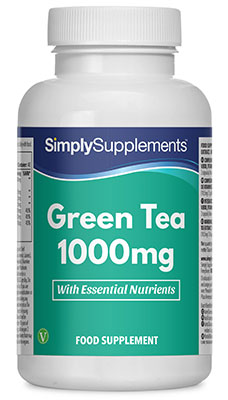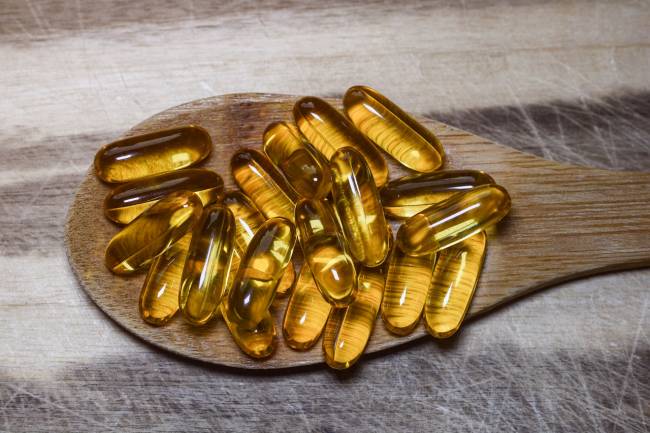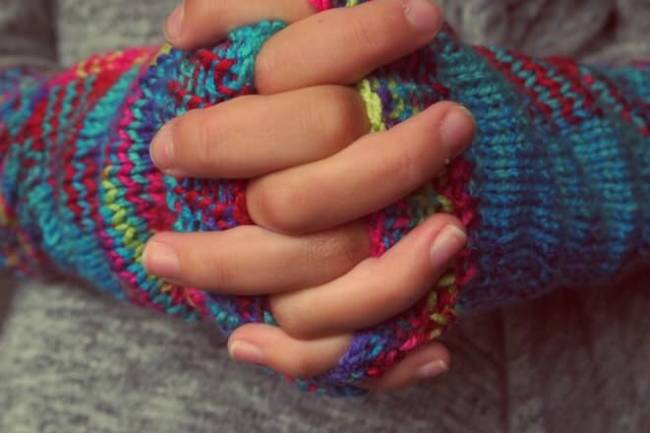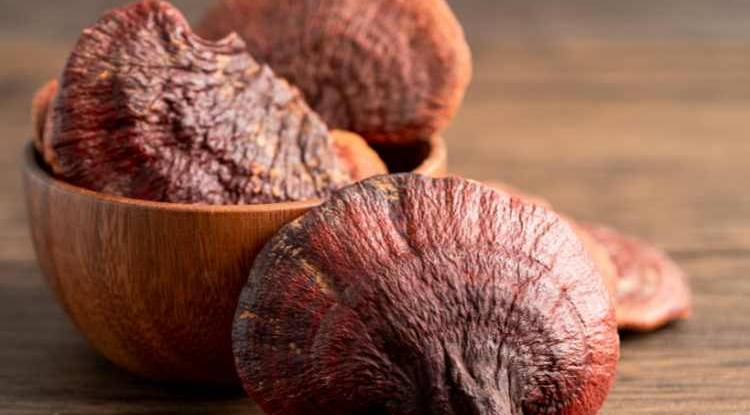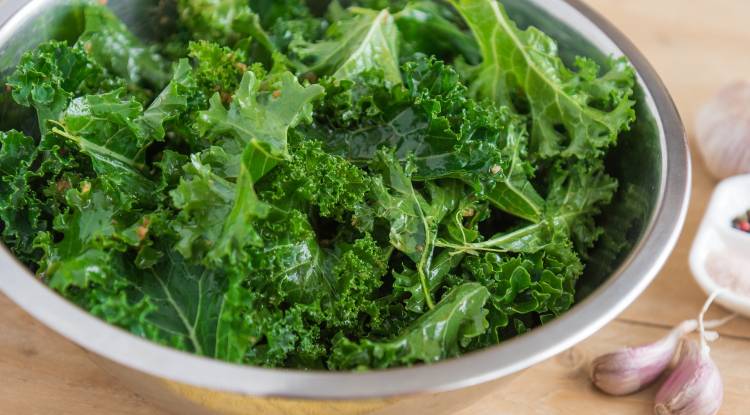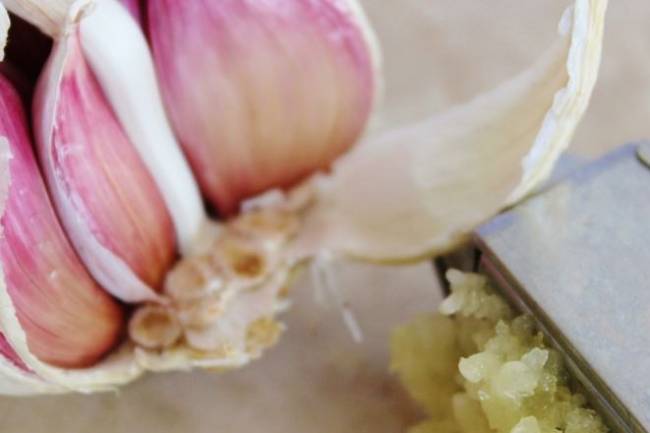9 Fixes For A Weak Bladder

A weak bladder, sometimes referred to as an overactive bladder, is an extremely common condition that can affect anyone at any age, although it commonly affects 4 to 5 times more women than men.
It occurs when the pelvic floor muscles (those supporting the balder, uterus and intestines) become weak and is characterised by frequent trips to the bathroom (more than eight in a 24 hour period), sudden urges to urinate, and sleep disruptions.
The simplest of activities such as laughing, coughing, lifting and running can result in a leak, so many people choose to avoid potentially embarrassing social situations, which greatly impacts the quality of everyday life.
While there is no known cure for a weak bladder, there are lifestyle changes and exercises you can do to strengthen the pelvic floor muscles and reduce symptoms.
Exercises to Strengthen the Pelvic Floor Muscles
Kegel exercises are one of the most effective ways to strengthen and train the pelvic floor muscles. They can be performed anywhere but require practice and concentration.
To perform these exercises correctly you first need to find your pelvic floor muscles. There is an easy way to do this when you next visit the bathroom; stop urinating mid-stream and focus on the muscles you are using to do so - these are your pelvic floor muscles.
When you are ready to perform the exercise, simply tighten these muscles and hold for five seconds. Then release for five seconds. Repeat this ten times.
Then repeat the whole process at regular intervals throughout the day.
Although this exercise can be tricky at first, it has been shown to improve symptoms by as much as 70% over a 3 month period.
But you have to stick with it; when you stop performing the exercise, the pelvic floor muscles weaken and the symptoms may appear.
In addition to pelvic floor exercises, a wider approach to exercise is also important to maintain a healthy weight and reduce the strain placed on the pelvic muscles. Certain yoga poses can also be beneficial such as the fish, pike and crow.
Studies show that reducing overall body weight by as little as 5% to 10% can significantly reduce leakages.
Bladder Training
Training the brain to fight off feelings of urgency can also be effective. Bladder training involves scheduling urination for specific times and gradually building longer intervals in between. Increase the intervals by just a few minutes at first, then gradually increase this to over an hour.
Bear in mind that urgency often comes in waves, so you may feel some relief after resisting the initial urge.
Monitor Your Fluid Intake
When it comes to your daily fluid intake, it's important to find the right balance. Too much fluid will obviously increase the frequency of urination.
But this doesn't mean that you should avoid fluids. Too little fluid will encourage the body to get rid of excess waste and will concentrate the urine and irritate the bladder.
The best advice is to respond to your natural thirst and ensure your urine remains a pale yellow colour.
Follow an Alkaline Diet
An alkaline diet rather than an acidic diet cleanses and tones the kidneys and urinary system. So pack your diet with fresh fruits and vegetables, and wholemeal pasta and rice. Within reason, try to limit your intake of acidic foods such as sugar, wheat, dairy, red meat, oranges, alcohol, and preserved and processed foods.
Try Green Tea
The antioxidant benefits of green tea have been linked to many different health benefits and there is strong emerging evidence to suggest that it may help to reduce an overactive bladder. At least 500mg of green tea per day helps the kidneys to filter toxins and acts as a gentle diuretic to help expel more wastes and encourage better urinary tonicity. A green tea supplement is the easiest way to get a daily concentrated amount, while herbal teas can also be beneficial.
Avoid Common Triggers
Stimulants and diuretics commonly worsen overactive bladders and increase feelings of urgency. Try to avoid alcohol and keep caffeine consumption below 100mg per day. Sodas, chocolate, citrus drinks and certain medications are also common triggers. Eliminate each trigger for one week at a time to see which may be a culprit.
Keep a Symptom Diary
A symptom diary may help you to identify and avoid triggers, and they can also be useful to your doctor when making a diagnosis. Your diary should monitor your daily fluid intake, consumption of any potential triggers, how many times you use the bathroom, and any accidental leaks, including the time of day they occurred and any activity you were doing.
It may also be worth jotting any particularly stressful events, as stress is known to worsen symptoms. Studies conducted into the effectiveness of symptoms diaries show that the optimum time period to monitor symptoms is 7 days. You can also compare back to it in the future.
Speak to Your GP
If lifestyle and dietary changes have been unsuccessful, certain prescription medications may be beneficial in reducing the urge to urinate. These work by relaxing the bladder and increasing the amount of urine it can hold. However, many of these medications result in side effects such as dry mouth and constipation.
In extreme cases, surgery may also be an option. If you are already taking any prescription medications, it's worth considering that some of these can weaken muscle contraction in the bladder, particularly antihistamines, tricyclics, and blood pressure medications. Speak to your GP about bladder-friendly alternatives.
Electrical Stimulation
If bladder problems are caused by poor nerve signalling then your GP may advise a procedure called percutaneous tibial nerve stimulation (PTNS). This involves a small needle being inserted into the ankle that sends electrical impulses to nerves in the pelvis. Although effective, this can also be a timely process, with weekly sessions required over the course of several months. Follow these quick and simple tips to help overcome a weak bladder.

 Nicole
Nicole 



